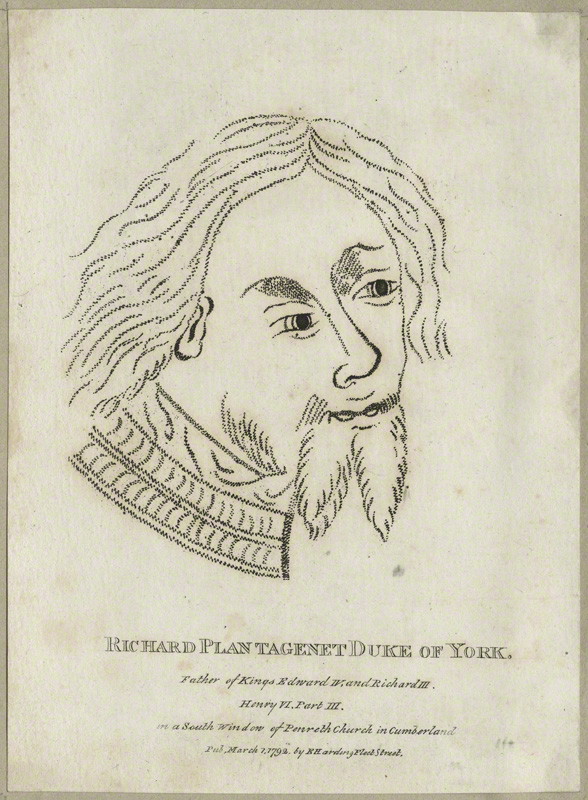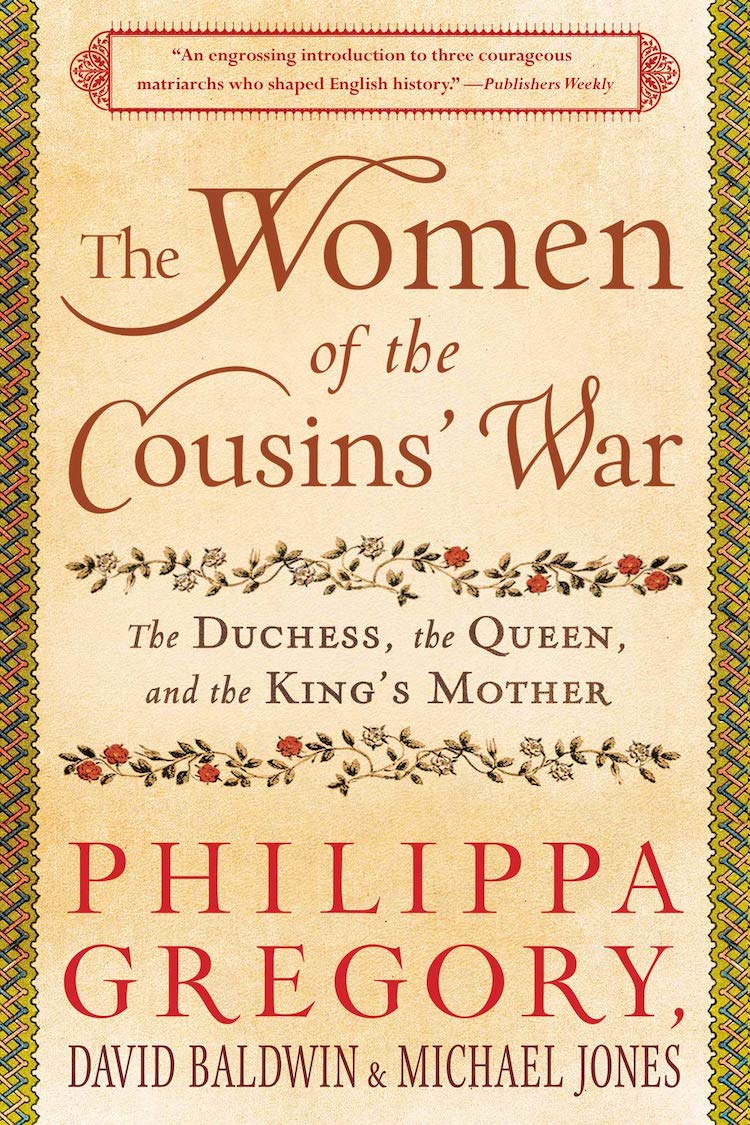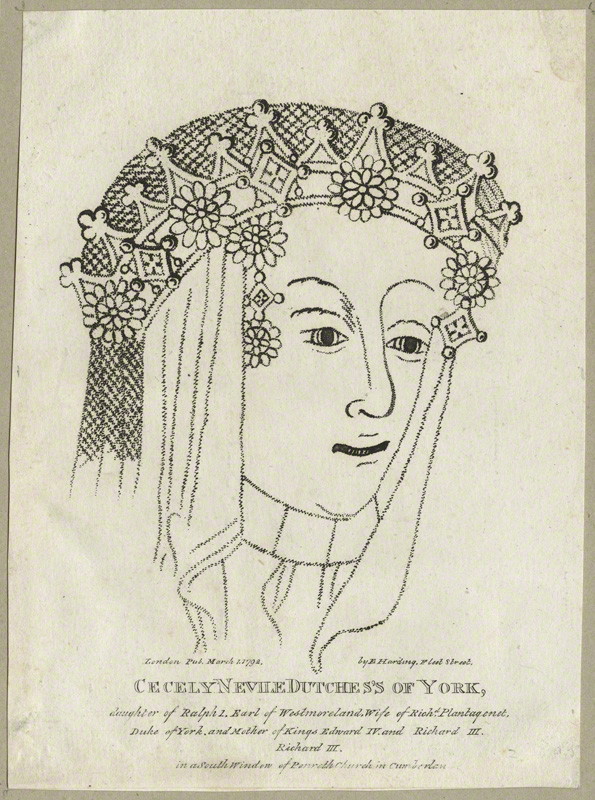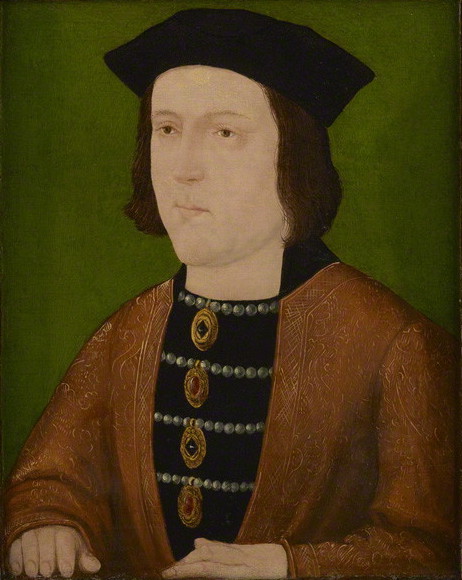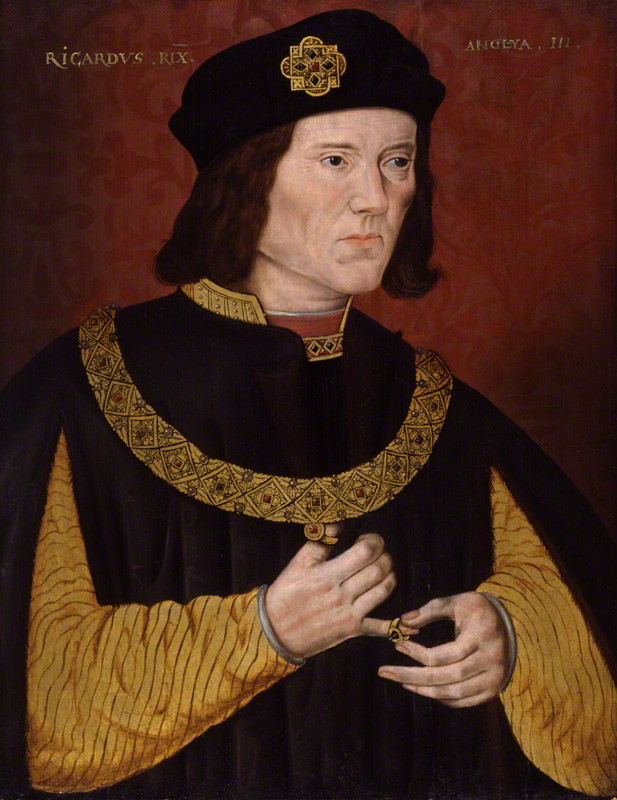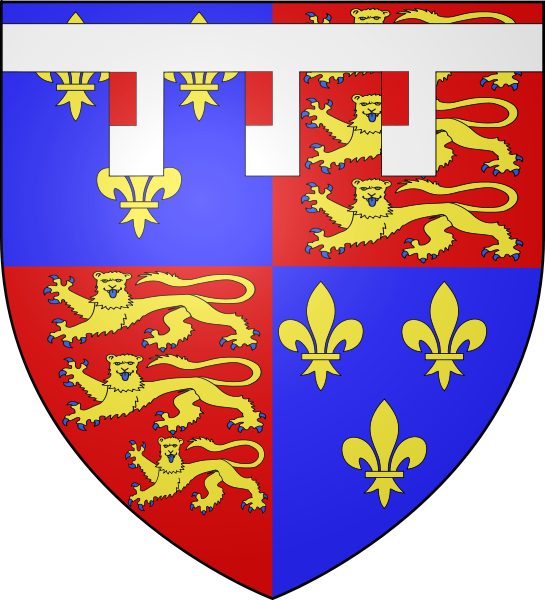Richard was orphaned as a child: his mother died giving birth to him and his father was executed for treason. Richard's uncle also died and it was as a result of his death that Richard inherited the title of Duke of York. As so many of his relatives had died, Richard was cared for by the Earl of Westmoreland, who, when Richard was thirteen, organised Richard's marriage to his daughter, Cecily.
In 1436 Richard was made Lieutenant of France, where he had some success in pacifying Normandy. Richard returned to England in 1439 only to be shunned by King Henry VI, and not included in his council. However, after peace negotiations in France by the king failed, Richard was again sent to France as Lieutenant. Whilst there the king offended Richard again by sending John Beaufort, the Duke of Somerset, to Gascony with 8,000 men. Somerset achieved nothing and left Richard lacking men for his campaigns.
Richard returned from France again in 1445, no doubt expecting to be reappointed there by the king almost immediately. However, this was not to be the case: the French Lieutenancy went to Edmund Beaufort, who had succeeded his brother as Duke of Somerset. Richard was given the Lieutenancy of Ireland instead and in 1449 travelled there, but soon returned to England where he tried to consolidate his position as heir to the throne with King Henry VI.
Richard was appointed protector of the realm when the king became mentally ill in 1453. Significantly, while he was protector, Richard recruited his brother-in-law, Richard Neville Earl of Salisbury, as chancellor. The Neville family and the Percy family had been embroiled in a feud. When Richard's rival Somerset sided with the Percys, Richard allied with the Nevilles led by Salisbury and his son Richard Neville Earl of Warwick. The two sides met at the Battle of St Albans in 1455. Somerset was supported by the king, but their army was poorly equipped and was defeated. Among those killed at St Albans were two of the Percys and Somerset.
Richard's power continued to grow after St Albans until the king's advisors demanded that action was taken against Richard and his supporters. In 1459 Richard and Warwick fought the king at the Battle of Ludford Bridge, but due to lack of support for their cause Richard and Warwick fled and went into exile. Back in England Richard and Warwick were accused of treason against the king in their absence and were brought under attainder. Attainder was the most damaging punishment that a member of the nobility could suffer, as it meant they lost all their titles and lands to the Crown, and, should they die, their heirs would not inherit their estates. Richard and Warwick wanted to fight the attainders that the Crown had set against them, and they realised that the only way that they could do this would be for them to break the exile they were in currently and mount a successful invasion of England. This plan was then put into action and an army led by Warwick fought the royal army at the Battle of Northampton and won. At that battle King Henry VI was taken prisoner, and when Richard returned to England from his exile in Ireland after the victory he acted as if he were now the King of England. However, as Richard pretended to be king he ignored the Lancastrian sympathisers that were assembling large armies against him in the North of England. By the time Richard realised the threat that these armies posed to him it was too late: he was beaten and killed by the Lancastrians at the Battle of Wakefield in 1460.
Image: Richard of York, 3rd Duke of York, published by Edward Harding on 1 March 1792, National Portrait Gallery (NPG D23789)
